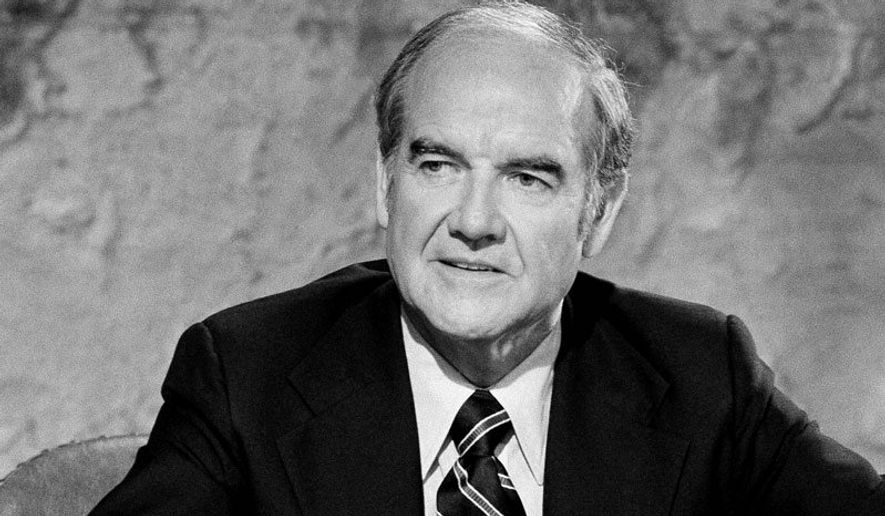
The California Supreme Court has remanded my defamation and wrongful termination lawsuit against the then-LAPD-owned LA Times to the Court of Appeal with instructions to reconsider their previous ruling against me in light of the new precedent set by Wilson v CNN.
This is the usual course of action in these situations.
Oral arguments are currently scheduled for February 8, 2020.
The LA Times had requested the high court to dismiss my case. This is a setback for them.




 The political left, center and right do share something in common in today’s polarized America: we’re all in denial. The first step in 12-step programs begins with admitting that you have a problem for a reason: you can’t tackle a challenge whose existence you refuse to acknowledge. “From a psychoanalytical viewpoint, denial is a pathological, ineffective defense mechanism,” doctors M.S. Vos and J.C. de Haes observed in their 2006
The political left, center and right do share something in common in today’s polarized America: we’re all in denial. The first step in 12-step programs begins with admitting that you have a problem for a reason: you can’t tackle a challenge whose existence you refuse to acknowledge. “From a psychoanalytical viewpoint, denial is a pathological, ineffective defense mechanism,” doctors M.S. Vos and J.C. de Haes observed in their 2006  The campaign for the 2020 Democratic presidential nomination appears to be an exception. Once again the contest appears to be coming down to a choice between a “centrist” establishmentarian corporatist with institutional backing (Joe Biden) and a left-leaning populist progressive (Elizabeth Warren or Bernie Sanders) preferred by Democrats, of whom
The campaign for the 2020 Democratic presidential nomination appears to be an exception. Once again the contest appears to be coming down to a choice between a “centrist” establishmentarian corporatist with institutional backing (Joe Biden) and a left-leaning populist progressive (Elizabeth Warren or Bernie Sanders) preferred by Democrats, of whom 

 There is no other way to say it: it was a political assassination.
There is no other way to say it: it was a political assassination.